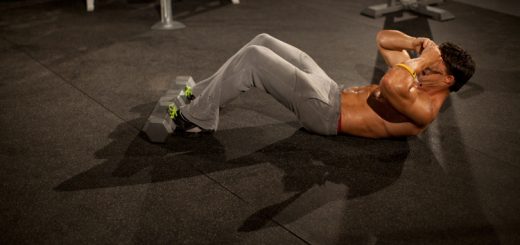The anatomy of your abs
 The core region of the body is very complex and technically consists of the collective muscles that control your trunk. The abdominals are central to the core region and work in concert with the erector spinae muscles of the spine to provide stability to the torso.
The core region of the body is very complex and technically consists of the collective muscles that control your trunk. The abdominals are central to the core region and work in concert with the erector spinae muscles of the spine to provide stability to the torso.
The abdominals are comprised of four muscle groups: the rectus abdominis, the internal and external obliques, and the transversus abdominis. They are layered, overlapping, and connected to each other. They run vertically, diagonally, and horizontally, and often function synergistically.
The rectus abdominis is best known as the coveted “six-pack” muscle, which describes the sections that develop when this muscle is toned. It is the most superficial muscle of the abdomen, running vertically from the sternum to the pubic bone. It functions to flex the spine and stabilise the pelvis as you walk.
The internal/external obliques are found on the sides of the core area and perform multiple functions. When they contract on one side of the body, they rotate the trunk, and laterally flex the body. When they contract on both sides of the body simultaneously, they assist in flexing the spine and compressing the abdomen.
When it is toned, the transversus abdominis acts as a natural girdle, flattening the abdomen and supporting the lower back. It runs horizontally around your midsection and is the deepest abdominal muscle. This muscle works with the internal/external obliques to stabilise the pelvis in a neutral position.
The erector spinae – the spinal extensors – run the length of the spine. Back extensions trigger this group, strengthening the muscles for greater trunk support. In plank positions, the erector spinae functions with the abdominals to stabilize the torso in the horizontal position.
Like any muscle group, the core muscles require 24 to 48 hours’ recovery time between workouts. Although they are primarily endurance muscles, which recover quickly from an abundance of work, they still need time to rest, recover, and rebuild. The result will be added strength.













